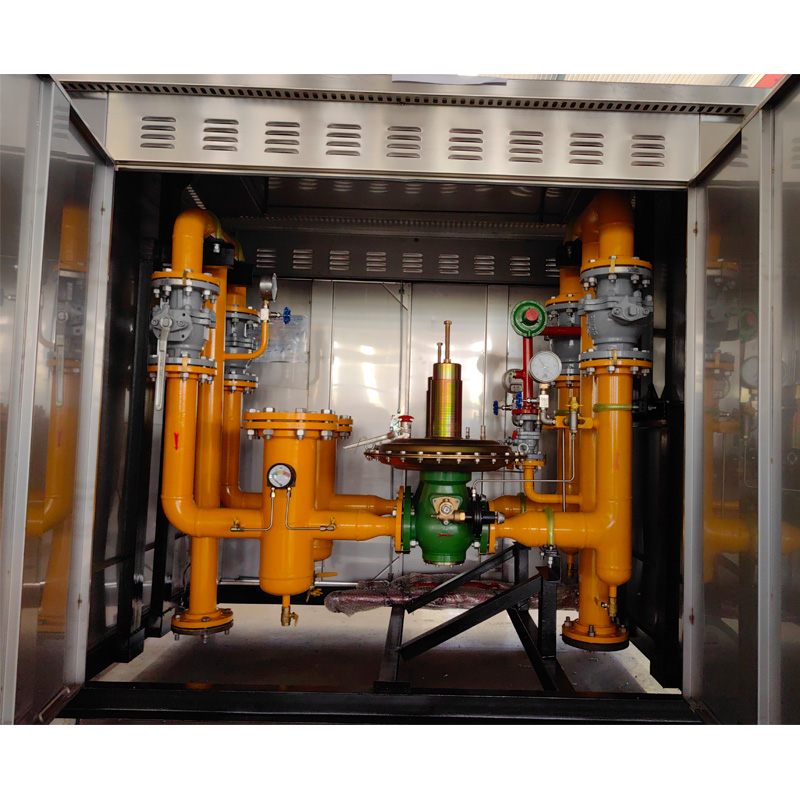
Dec . 26, 2024 01:55
Back to list
Electric Valve Control for Efficient Automation Solutions
Understanding Electric Valves Function, Types, and Applications
Electric valves play a crucial role in various industrial and domestic applications, providing efficient control over the flow of liquids and gases. These devices are essentially used to open or close a pipeline, thereby regulating the flow based on the requirements of the system. By using an electric actuator, they can be operated remotely, which brings significant advantages in terms of precision and convenience.
How Electric Valves Work
Electric valves operate using an electric actuator that is powered by an external source, such as a battery or the electric grid. When an electric signal is sent to the actuator, it converts that electrical energy into mechanical energy, which in turn opens or closes the valve. This mechanism allows for precise control over the flow rate and pressure within a system, which is essential in processes that require strict monitoring and adjustments.
Types of Electric Valves
There are several types of electric valves, each designed for specific applications
1. Solenoid Valves These are one of the most common types of electric valves. They use an electromagnetic solenoid to open or close the valve. When the solenoid is energized, it creates a magnetic field that moves a plunger, either opening or closing the valve. Solenoid valves are typically used in fluid control applications.
2. Motorized Ball Valves These valves feature a ball with a hole drilled through it, which controls the flow. The ball can rotate 90 degrees to either allow or stop the flow. Motorized ball valves are ideal for on-off control and are commonly used in HVAC systems, irrigation, and water treatment.
3. Globe Valves Known for their excellent throttling capabilities, globe valves are used when precise modulation of flow is required. Electric actuators can be coupled with globe valves to control the flow rate effectively.
4. Butterfly Valves These valves have a disc that rotates to regulate flow. They are robust and lightweight, making them suitable for large pipelines. Electric actuators can be used to automate the opening and closing of butterfly valves.
Applications of Electric Valves
صمام كهربائي

Electric valves find applications across multiple industries due to their efficiency and reliability
- Water and Wastewater Treatment Electric valves are widely used in treatment plants to control the flow of water and chemicals, ensuring optimal operation.
- HVAC Systems In heating, ventilation, and air conditioning systems, electric valves regulate the flow of chilled or heated water, ensuring comfortable temperature control.
- Manufacturing Electric valves manage the flow of various substances in manufacturing processes, from chemicals to gases, enhancing safety and efficiency.
- Oil and Gas Industry In this sector, electric valves control the flow of oil, gas, and other fluids in pipelines and processing facilities, minimizing the risk of leaks and spills.
- Food and Beverage Industry Electric valves are crucial in controlling the flow of ingredients and ensuring sanitary conditions in food processing.
Benefits of Using Electric Valves
The use of electric valves offers numerous advantages. They provide precise control over flow and pressure, enhance automation, and can be integrated with modern control systems for remote monitoring and operation. Additionally, electric valves require less maintenance compared to manual valves, as they eliminate the need for frequent manual adjustments.
Conclusion
In conclusion, electric valves are an integral component in many sectors, providing critical functions in flow control. Their ability to enhance automation, improve precision, and ensure safety makes them indispensable in today's technologically driven world. As industries continue to evolve, the demand for efficient and reliable electric valves is likely to grow, further solidifying their importance across various applications.
Latest news
-
Safety Valve Spring-Loaded Design Overpressure ProtectionNewsJul.25,2025
-
Precision Voltage Regulator AC5 Accuracy Grade PerformanceNewsJul.25,2025
-
Natural Gas Pressure Regulating Skid Industrial Pipeline ApplicationsNewsJul.25,2025
-
Natural Gas Filter Stainless Steel Mesh Element DesignNewsJul.25,2025
-
Gas Pressure Regulator Valve Direct-Acting Spring-Loaded DesignNewsJul.25,2025
-
Decompression Equipment Multi-Stage Heat Exchange System DesignNewsJul.25,2025

